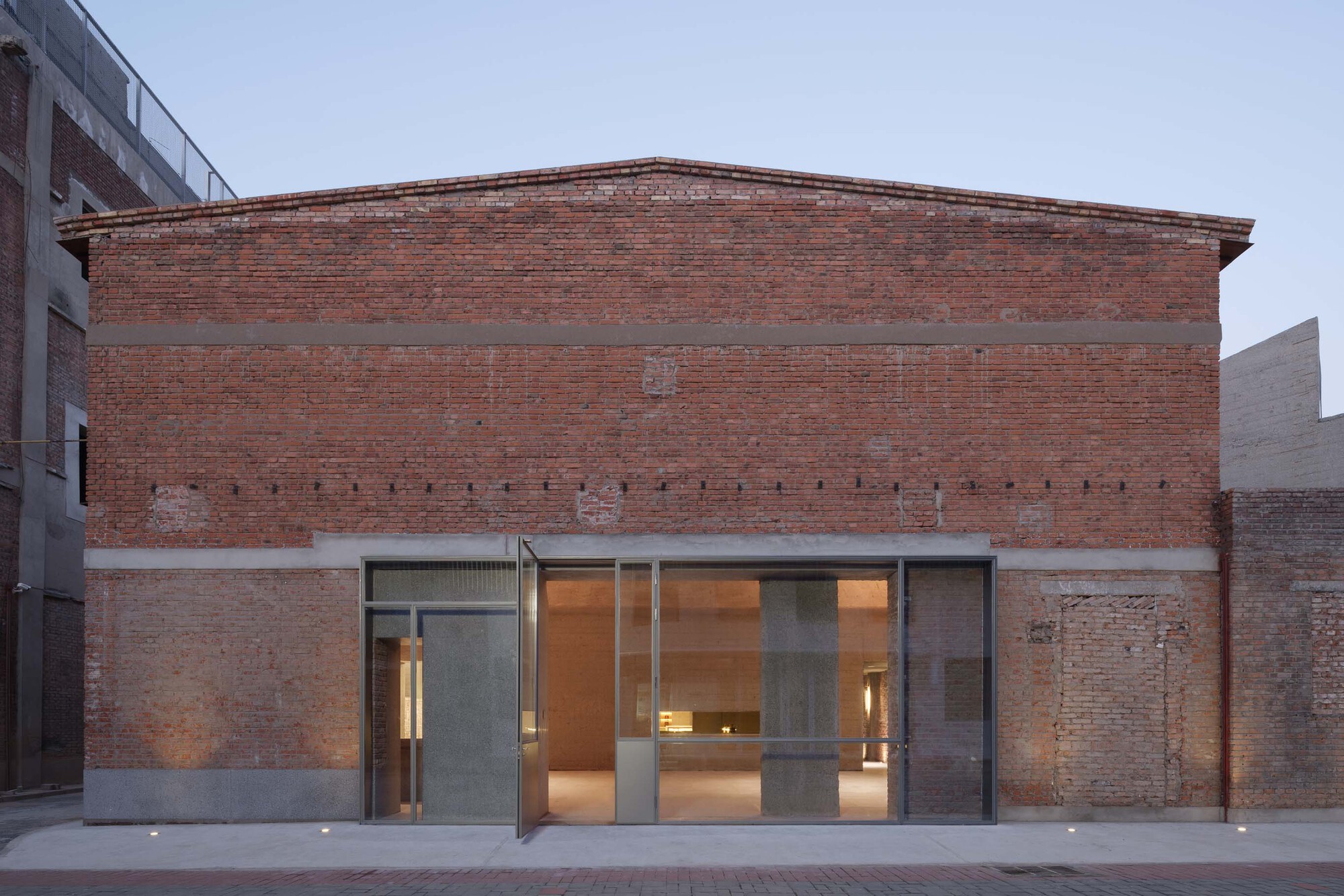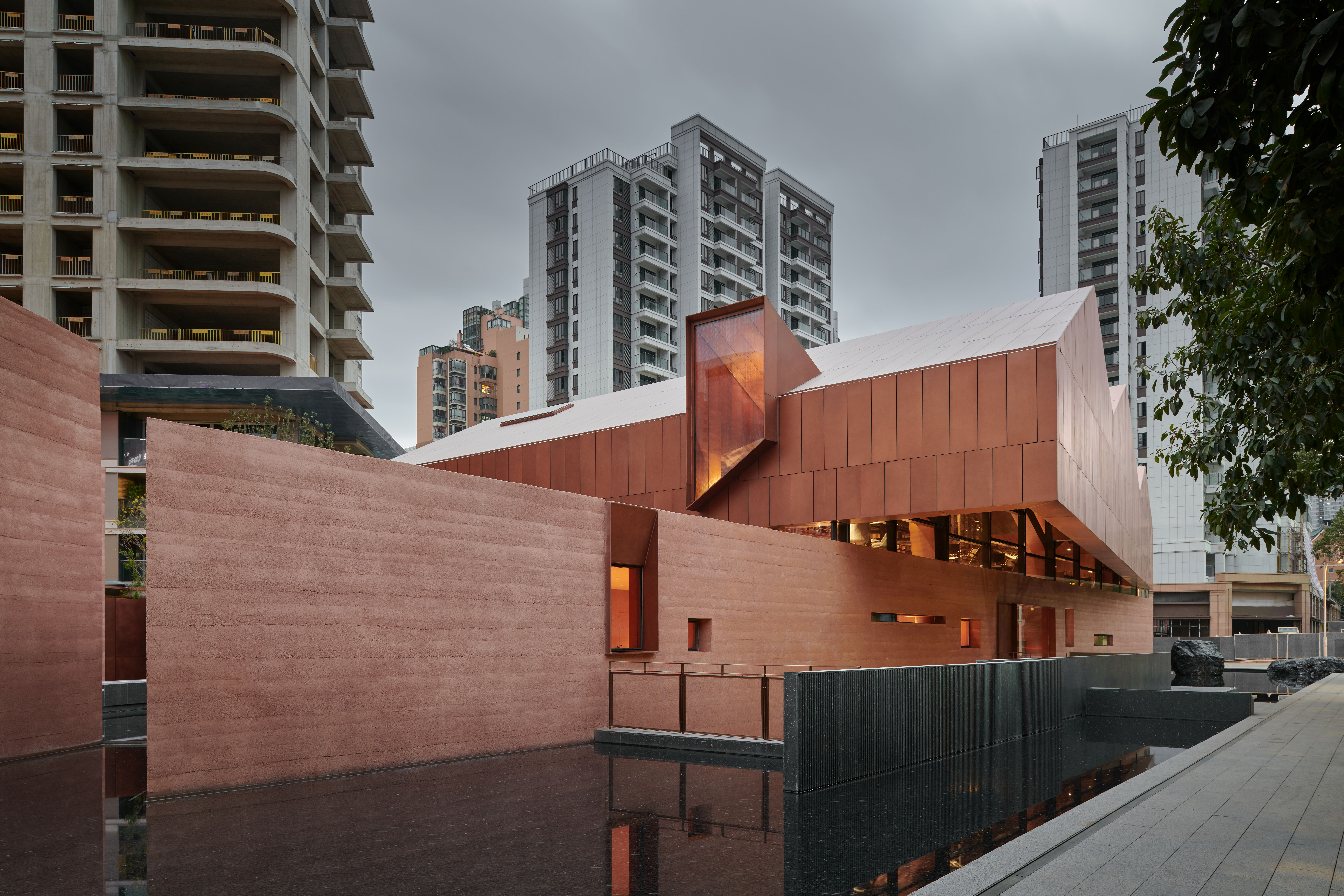The latest edition of “Architizer: The World’s Best Architecture” — a stunning, hardbound book celebrating the most inspiring contemporary architecture from around the globe — is now available. Order your copy today.
Neri&Hu is a practice that reimagines architectural reuse and renovations. Co-founded by Lyndon Neri and Rossana Hu, the firm operates out of its dynamic base in Shanghai, China, with an additional office in London. Their work is characterized by a meticulous approach to materiality, context, and storytelling, blending traditional and modern elements to create spaces that resonate with cultural and historical significance.
This year, Neri&Hu has been honored with a prestigious Architizer A+Award in the Best Adaptive Reuse and Renovation Firm category. This accolade recognizes their exceptional ability to breathe new life into existing structures, transforming them into spaces that are both functional and deeply meaningful. Their projects are celebrated for their sensitivity to heritage and their innovative reinterpretation of space, making them leaders in the field of adaptive reuse.
Neri&Hu’s portfolio is a testament to their versatility and commitment to thoughtful design. From chapels to cultural institutions, their work spans a diverse range of typologies and geographies, each project reflecting a deep understanding of its specific context. By integrating the old with the new, they create environments that honor the past while embracing the future, solidifying their reputation as a firm designing holistic environments for daily life.
Lao Ding Feng Beijing
Beijing, China
Jury Winner, Architecture +Renovation, 11th Annual A+Awards


This new concrete object, softened by bush-hammering, forms the main retail, gallery, and office spaces, while gaps between the new and old structures create flexible areas for a café and multipurpose lobby. The design connects past, present and future, offering Lao Ding Feng a modern yet historically rooted home.
The Relic Shelter | Fuzhou Teahouse
Fuzhou, China
Jury Winner, Architecture +Preservation, 10th Annual A+Awards
Visitors are greeted by the teahouse’s striking silhouette and its reflection in a surrounding pool, while contrasts of light and dark, heavy and light, play throughout the space. Natural light enters through sky wells, illuminating the ancient artefact, and a mezzanine level allows for close inspection of intricate carpentry. Below, a basement with a rotunda, sunken courtyard, and tasting rooms features an oculus that filters sunlight through a thin layer of water, creating captivating reflections.
Waterhouse South Bund
Huangpu Qu, Shanghai, China
The original concrete structure was restored, while new additions were crafted from corten steel to reflect the area’s industrial history. The interior design blurs the lines between inside and outside, as well as public and private spaces, creating a unique and disorienting yet refreshing experience that connects guests to Shanghai’s urban fabric through unexpected visual corridors.
The Garage
Beijing, China
Popular Choice Winner, Factories & Warehouses, 5th Annual A+Awards
The existing brick structure is preserved, while a new steel frame adds a third level to meet capacity needs. The façade features a striking combination of the original brick, steel frame, and a white volume, with black metal frames and mirrored glass enhancing the building’s modern industrial aesthetic. Custom signage and raw steel-edged glass garage doors guide visitors along the building’s length.
Design Republic Design Commune
Shanghai, China
Jury Winner, Mixed Use, 3rd Annual A+Awards
The interior features strategic architectural modifications that reveal the building’s history while creating a cohesive and engaging experience for visitors. The Commune also includes a design gallery, event space, café, restaurant by Michelin-starred Chef Jason Atherton, and a one-bedroom apartment.
Junshan Cultural Center
Beijing, China
The architecture blends traditional northern elements with contemporary language, featuring a brick structure with carved-out spaces and warm-toned wood-patterned aluminum panels that soften the façade. The center offers a range of amenities, including a 100-person multi-purpose hall, business lounge, feature library, children’s reading room, art gallery, and rooftop deck with views of the surrounding mountains.
The latest edition of “Architizer: The World’s Best Architecture” — a stunning, hardbound book celebrating the most inspiring contemporary architecture from around the globe — is now available. Order your copy today.
